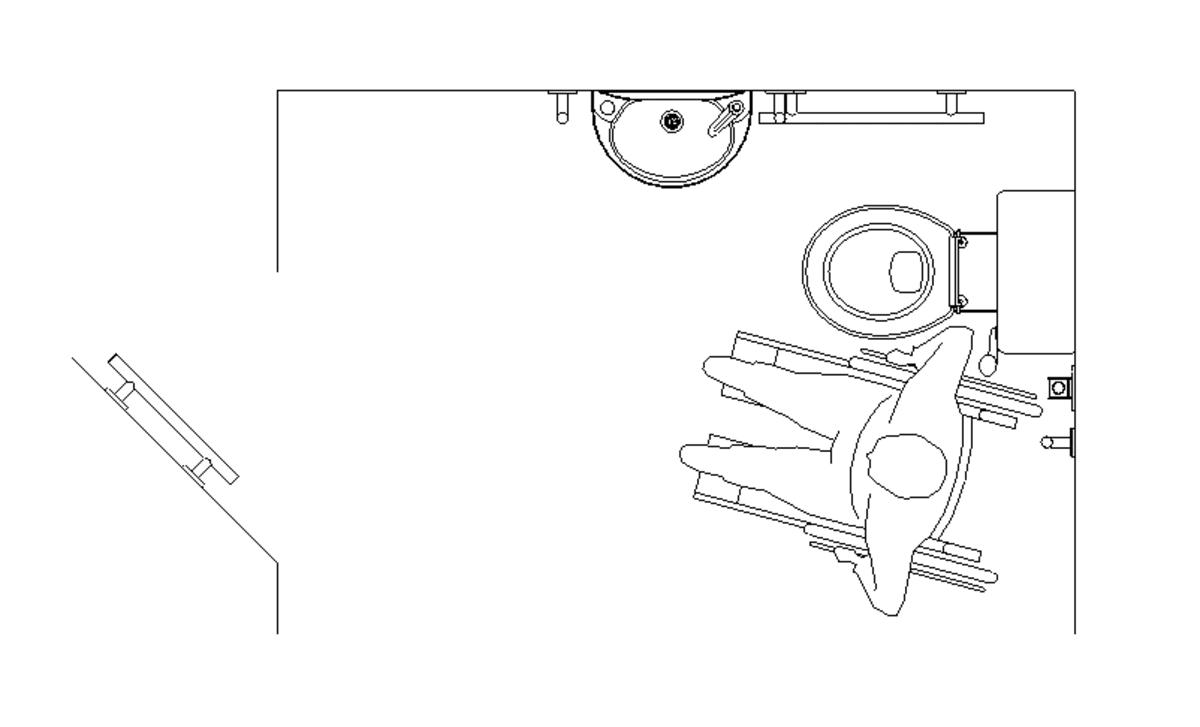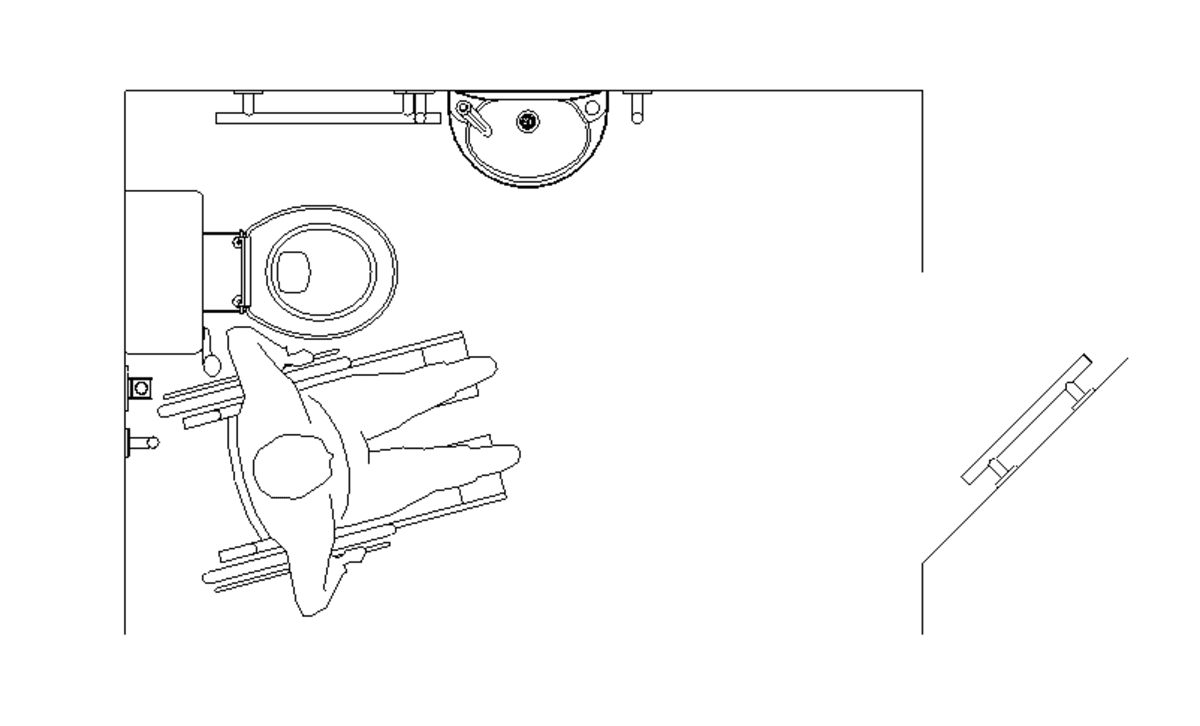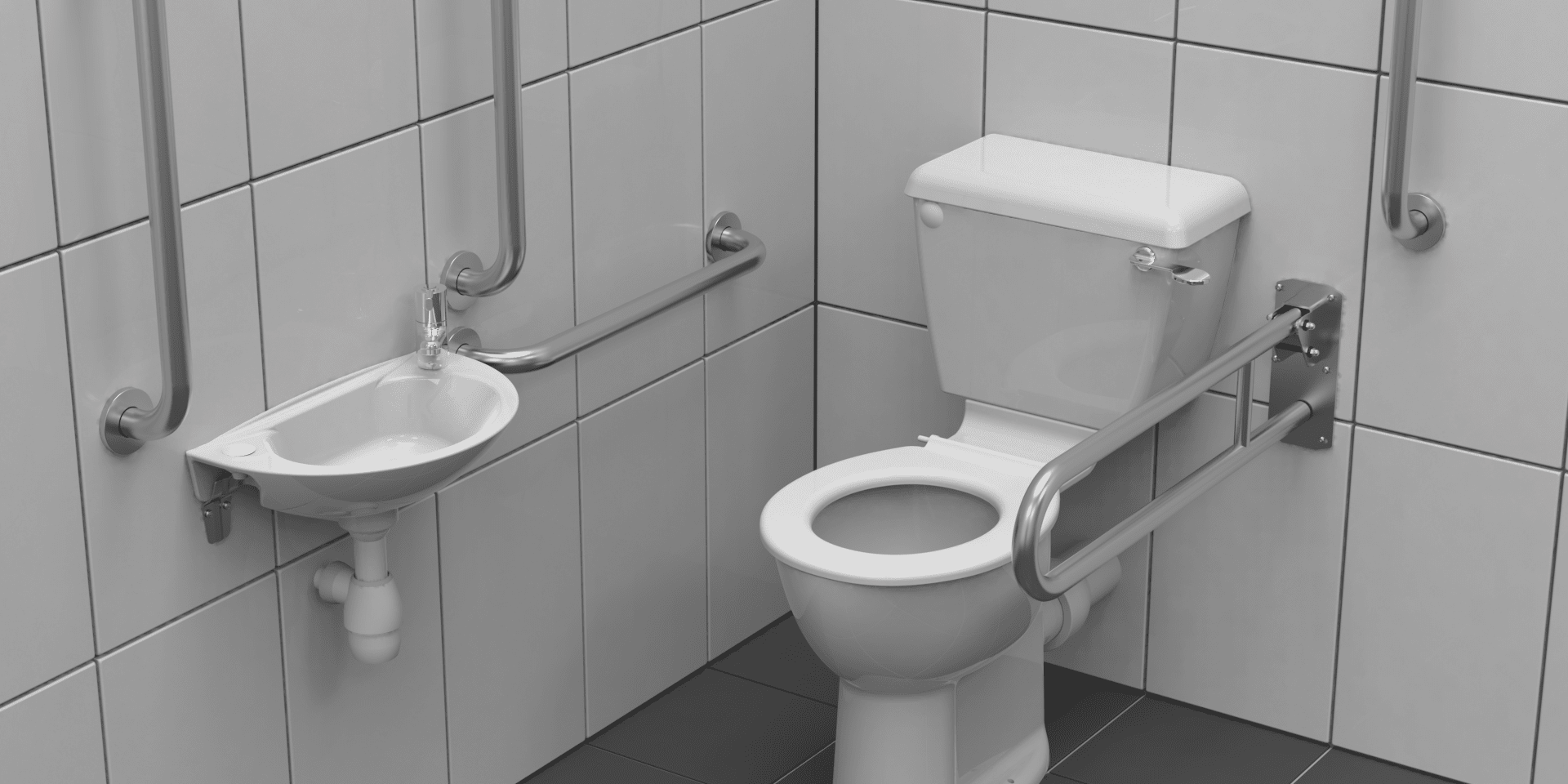Handedness in Doc M
Just 10% of people are left-handed – so where a singular accessible toilet exists, it will usually be right-handed. But when more than one accessible toilet is provided, it’s best practice to cater for both right- and left-handed preferences. However, there is some confusion around the labelling of left-handed (LH) and right-handed (RH) facilities – so we’ve created this short guide to help you when selecting a Doc M pack.First things first
It’s important to note that Doc M grab rail packs are not handed – it’s the way they are configured that determines whether a space is left or right-handed. But sanitaryware elements are often handed – for example basins and toilet cisterns where holes for the tap / flush lever need to be on the left or the right. Room layouts may be influenced by the size and shape of the room (allowing for a turning circle), which side the door is hung, and also by the location of infrastructure such as mains water and drainage. Regardless of these factors, however, you should offer a right-handed option if your premises has only one accessible toilet, and both RH and LH options if you have more than one accessible toilet. Of course, care must always be taken to ensure that the positioning of all products within the room adhere to overall Doc M regulations.Transfer versus layout
Across the marketplace, there are differences in the ways that manufacturers refer to their Doc M packs, and this can make selecting the correct pack confusing. Some manufacturers label their packs according to room layout, and some according to transfer. A left-hand layout means that the toilet and basin are positioned in the left-hand corner of the room as you face the toilet. The basin and the fixed grab rail will be to the right of the user when they are seated on the toilet, which means this layout can also be called a right-hand transfer. A right-hand layout means that the toilet and basin are positioned in the right-hand corner of the room as you face the toilet. The basin and the grab rail will be to the left of the user when they are seated on the toilet, which means this layout can also be called a left-hand transfer.How do NYMAS Group define left- and right-hand rooms?
At NYMAS Group, we define a handed room by transfer type. To understand transfers, think about how a wheelchair user gets from their chair to the toilet. They manoeuvre their chair into position alongside the pan, facing outwards. Then they reach across and hold the grab rail, using it to move themselves sideways onto the pan.- If the user needs to move to the left to exit the wheelchair and get onto the pan seat, this is known as ‘left-hand transfer’.
- If movement is required to the right, this is a ‘right-hand transfer’.

Right-hand Doc M Pack
The user moves to the right to transfer from their wheelchair to the toilet. The basin must be installed on the wall to the right-hand side of the user when the pan is in use. The tap will be installed on the right-hand side of the basin, closest to the user. The flush lever is mounted to the right of the cistern as you look at the wall.
